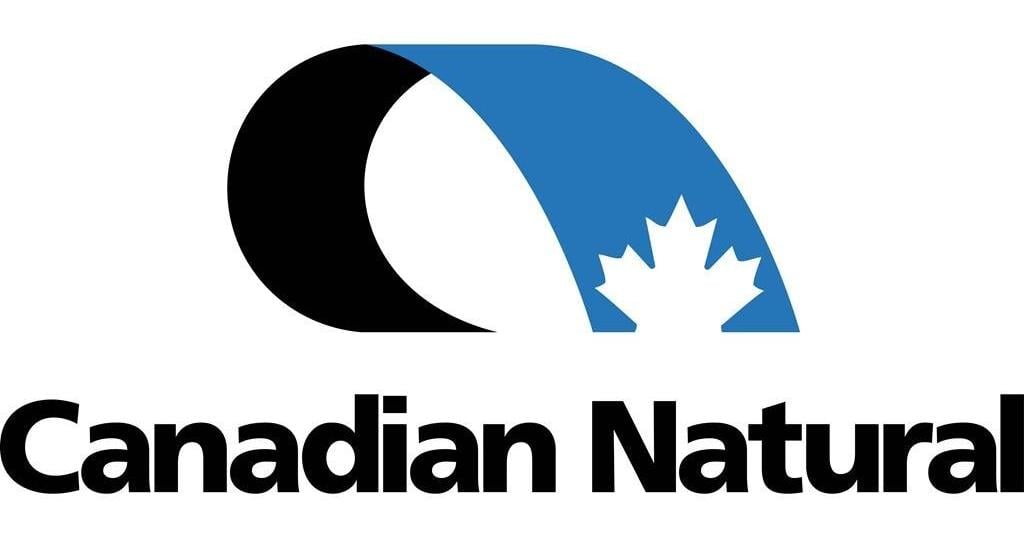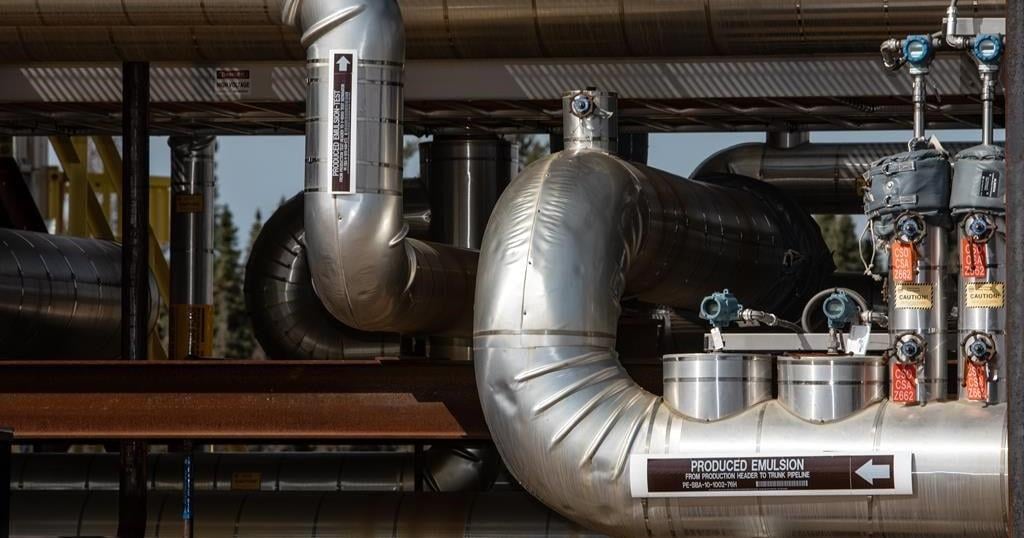August has historically been brutal for oil and gas stocks. According to data from Schaeffer Research, the energy sector has consistently underperformed in August, with returns coming in negative in 8 of the last ten years.
Oil field services companies have been among the biggest culprits, with Baker Hughes (NYSE: BKR), Schlumberger NV (NYSE: SLB) and Haliburton Co (NYSE: HAL) featuring among the ten worst-performing stocks in all sectors with average returns of -7.45%,-6.31% and -6.10%, respectively.
Meanwhile, one of the top players in the Eagle Ford shale play, Apache Corp. (NYSE: APA), rounds off the list of shame with an average return of -6.17% over the past 10 Augusts.
However, this year is looking to buck that trend.
The energy sector’s favorite benchmark, the Energy Select Sector Fund (XLE), is up nearly 10% since the beginning of the month and almost +12% over the past 30 days. Apache leads the rallying pack, gaining 22% after posting decent Q2 results during its latest earnings call and announcing a significant find at its offshore Suriname prospect.
The latest leg up by oil stocks has come after the Energy Information Administration (EIA) reported two consecutive weeks of huge crude draws. This, coupled with growing hopes for another stimulus package, have raised hopes that the large supply overhang that has been crimping oil markets could finally be in the rearview mirror. Related: Iranian Oil Exports Much Higher Than Official Data Suggests
Source: Yahoo Finance
Source: CNN Money
Big Crude Draws
Last week, the EIA reported that crude oil inventories for the week ending July 31 had contracted by 7.4 million barrels with the American Petroleum Institute reporting an even bigger draw of 8.587 million barrels. Analysts were expecting a much smaller inventory decline of 3.267 million barrels for the timeframe.
The surprise decline followed yet another week of a larger-than-expected draw. The previous week, the EIA had announced a 10.6 million barrel decline in crude inventories, marking the largest drop in more than six months.
As expected, oil prices have reacted positively to these developments: WTI is trading at $42.36/barrel, a level it last touched in early March while Brent crude is changing hands at a five-month high of $45.20. Related: Equinor Shakeup Hastens To Move Away From Oil
The larger crude draws are an encouraging sign that recovery in oil demand is on the right track.
But before the bulls can start doing a victory lap, there are a couple of worrying signs and data points that suggest that this market is still a long way from being out of the woods.
Weak Refining Margins
Despite the large crude draws, a buildup in distillate inventories as well as refining margins that remain a long way off their pre-crash levels imply that the oil outlook remains shaky at best.
The EIA reported a 700,000-barrel build in gasoline inventories for the week ending July 24, a reversal from the 1.8-million-barrel draw a week earlier. The energy watchdog also reported an inventory increase of half a million barrels in distillate fuels, compared with a 1.1-million-barrel inventory build for the previous week.
However, the biggest red flag remains persistently weak refining margins.
On Tuesday, the CME Group quoted gasoline crack spreads at just $9.57/barrel, or about half their February average. Crack spreads represent the economics of refining crude into its various constituents and tend to be a good barometer of real-time fuel demand. Despite a gradual re-opening of economies, the global air industry–one of the biggest consumers of oil–remains very weak.
The EIA reported that although U.S. passenger airline traffic doubled in June from May’s levels, it was still 80% below last year’s corresponding period. Reuters also reported that fuel demand by Asia’s economic powerhouse, India, had hit reverse gear, slipping 21% Y/Y in July and 13% compared to a year ago after staging an encouraging recovery. India has been among the countries hardest hit by the pandemic, with nearly 2 million infections and resurging infections that have prompted new lockdowns and fears that other parts of the world may soon follow.
Then there’s the big question of whether OPEC relaxed its production cuts too soon.
Starting this month, OPEC trimmed its historic production curbs by about 2 million barrels/day to 7.7 mb/d. But as BNP Paribas’ head of commodity strategy Harry Tchilingurian has told Bloomberg, there are genuine concerns that rising OPEC+ production could coincide with an uneven recovery in oil demand as India has just shown us.
It’s indeed a precarious situation with OPEC+ risking falling victim to its own success.
But then again, uncertainty is the new normal in this market, making calling the bottom of one of the worst oil crises in modern history a fool’s errand.
By Alex Kimani for Oilprice.com
More Top Reads From Oilprice.com:







































